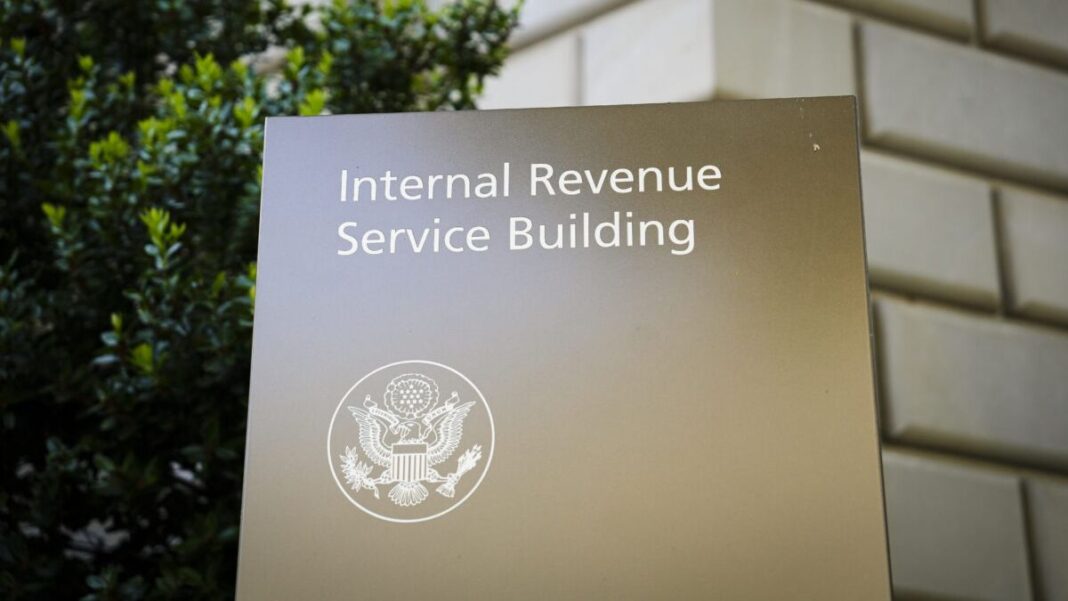
The IRS has collected a record-shattering $4.9 trillion dollars in tax revenue from Americans as it increasingly relies on high tech like AI to boost collection
The Internal Revenue Service (IRS) raked in a record $4.9 trillion in taxes from Americans in the last fiscal year, due in large part to automated collections processes and aggressive audits that saw taxpayers hit with billions in additional taxes after examination.
The Treasury Inspector General for Tax Administration (TIGTA), the watchdog that oversees the IRS, revealed in a Dec. 20 report on tax compliance activities that the agency collected a record-breaking amount of money in fiscal year 2022 from American taxpayers.
The $4.9 trillion the tax agency raked in last year was around $790 billion more than the prior year, thanks in large measure to a significant increase in enforcement revenue.
The IRS collected $72 billion in revenue from its enforcement activities in FY 2022, not far below the record-setting $75 billion in FY 2021 but well above the historical average of around $59 billion (from 2013-2020).
All those dollars rolling in from enforcement activities are likely to rise going forward, given that the IRS announced over the summer that, thanks to a new funding boost, it was launching a “sweeping, historic” tax enforcement initiative using artificial intelligence (AI) and other cutting edge technologies to crack down more effectively on non-compliant taxpayers.
But while AI and other advanced computer algorithms have yet to be deployed at the IRS on a large scale as the agency continues to modernize its systems, automation has already bolstered the agency’s ability to stuff the government’s coffers—even as the overall number of examinations declined, as did the number of enforcement agents.
“The revenue collection was driven substantially by automated collection processes,” the TIGTA report states. Roughly 74 percent of the IRS’ enforcement revenue was collected within the agency’s Collection notice stream and the Automated Collection System (ACS).
By Tom Ozimek






